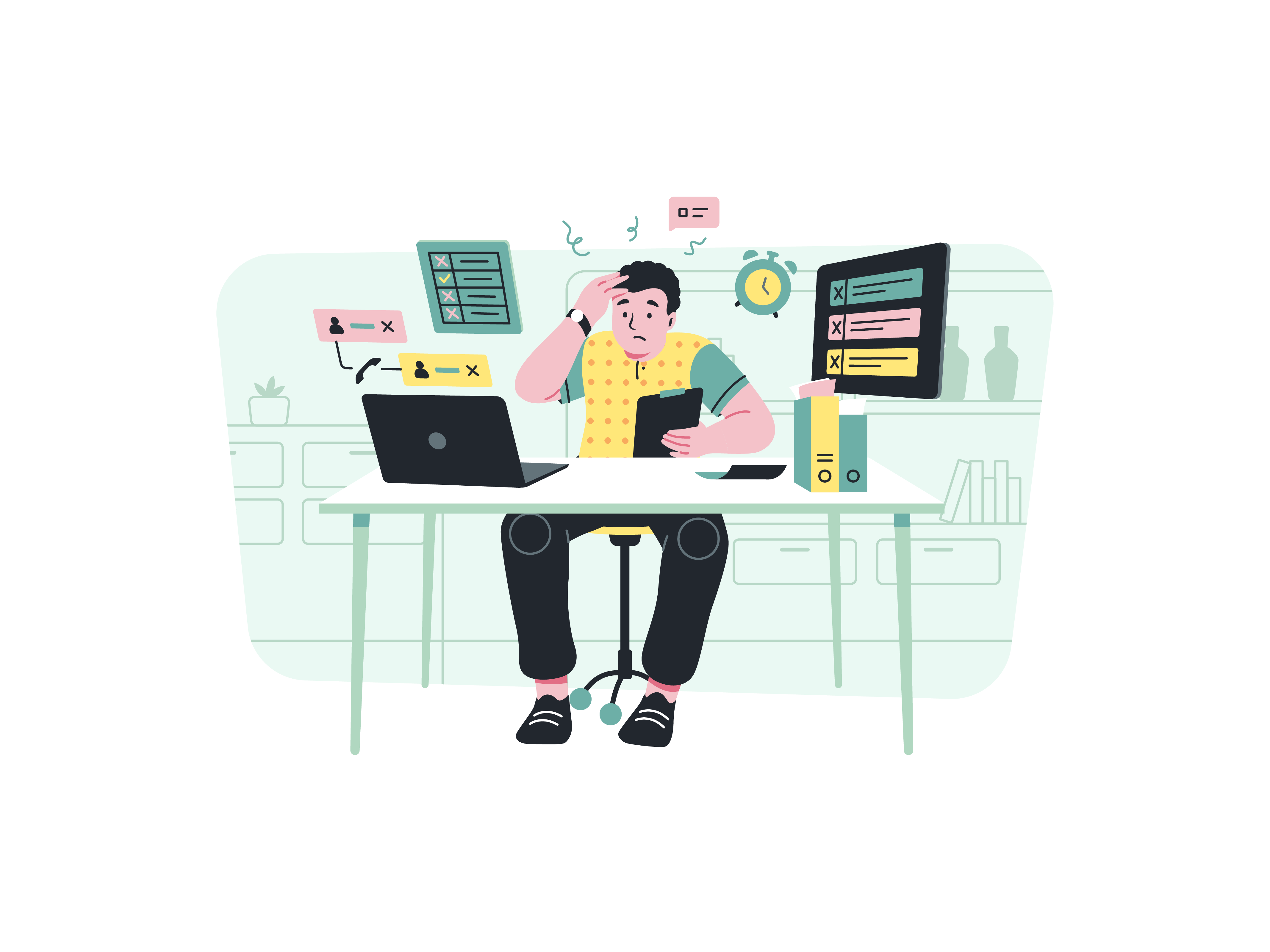How to use Bootstrap's image overlay classes

Images are a powerful medium for conveying information, evoking emotions, and making a lasting impression on your website’s visitors. Bootstrap, a widely-used front-end framework, provides a range of image overlay classes that allow you to enhance and customize your images with ease. In this comprehensive guide, we’ll explore how to utilize Bootstrap’s image overlay classes effectively, enabling you to create visually stunning and interactive content on your website.
The Significance of Image Overlays
Before delving into the technical details, let’s understand why image overlays are essential for web design;
Visual Appeal: Image overlays can transform ordinary images into captivating focal points by adding dynamic effects, such as color tints and gradients.
Information Enhancement: Overlays provide space for text or icons, allowing you to convey additional information or calls to action without cluttering the image itself.
User Engagement: Interactive overlays, like modals and lightboxes, create engaging user experiences, inviting users to explore content in more detail.
With these benefits in mind, let’s explore how to implement Bootstrap’s image overlay classes effectively.
Setting Up Bootstrap
To begin using Bootstrap’s image overlay classes, you need to integrate Bootstrap into your project. This can be accomplished by downloading the necessary CSS and JavaScript files and including them in your project, or by utilizing the Bootstrap CDN for a quicker setup.
Once Bootstrap is set up, you can start enhancing your images with overlays.
Implementing Image Overlays
Bootstrap offers several classes and components for image overlays. Let’s explore some of the most commonly used ones:
1. Text Overlay
The simplest way to add an overlay to an image is by using text. You can do this by placing a <div> element with text over the image.
<div class="position-relative">
<img src="your-image.jpg" alt="Your Image" class="img-fluid">
<div class="overlay">
<h2 class="text-white">Image Title</h2>
<p class="text-white">Description or Call to Action</p>
</div>
</div>
In this example, we use the position-relative class to establish a relative positioning context for the overlay. The overlay itself is placed inside a <div> with the overlay class, and text is added within it. Customize the text and styles according to your design.
2. Opacity Overlay
You can create an overlay with a semi-transparent color using Bootstrap’s utility classes. For example, to create a black overlay with 50% opacity:
<div class="position-relative">
<img src="your-image.jpg" alt="Your Image" class="img-fluid">
<div class="overlay bg-dark opacity-50"></div>
</div>
In this case, the bg-dark class sets the background color to black, and the opacity-50 class reduces the opacity to 50%. Adjust the classes to achieve your desired overlay effect.
3. Gradient Overlay
Gradient overlays add depth and dimension to your images. You can use gradient classes like bg-gradient-primary to apply gradients as overlays.
<div class="position-relative">
<img src="your-image.jpg" alt="Your Image" class="img-fluid">
<div class="overlay bg-gradient-primary"></div>
</div>
Bootstrap provides various gradient classes like bg-gradient-primary, bg-gradient-secondary, and more. Choose the one that suits your design.
4. Modal and Lightbox Overlays
For interactive overlays that display additional content, you can use Bootstrap’s modal and lightbox components. These are excellent for showcasing image galleries or providing detailed information.
<a href="#myModal" data-bs-toggle="modal">
<img src="your-image.jpg" alt="Your Image" class="img-fluid">
<div class="overlay">
<h2 class="text-white">View Details</h2>
</div>
</a>
<div id="myModal" class="modal fade">
<!-- Modal content goes here -->
</div>
In this example, clicking on the image opens a modal (#myModal) with additional content. Customize the modal content to display images, descriptions, or any other relevant information.
Customizing Image Overlays
To achieve the desired look and feel for your image overlays, you can further customize them using CSS. Here are some common customizations:
Text Styling
Adjust the font size, color, and alignment of text within the overlay to match your website’s design.
.overlay h2 {
font-size: 24px;
color: #fff;
text-align: center;
}
.overlay p {
font-size: 16px;
color: #fff;
text-align: center;
}
Opacity and Gradient Customization
Customize the opacity and gradient overlays by modifying the opacity and background-image properties.
.overlay {
opacity: 0.7;
background-image: linear-gradient(to bottom, rgba(0, 0, 0, 0.7), rgba(0, 0, 0, 0.5));
}
Modal Styling
Adjust the styling of modals and lightboxes to match your website’s aesthetics. Bootstrap provides various modal classes for customization.
.modal-content {
background-color: #fff;
border: none;
}
.modal-header {
background-color: #f8f9fa;
border-bottom: 1px solid #dee2e6;
}
.modal-footer {
background-color: #f8f9fa;
border-top: 1px solid #dee2e6;
}
Testing and Optimization
After implementing image overlays, it’s essential to test them on various devices and screen sizes to ensure they work as expected. Verify that the overlays do not hinder user interaction or image visibility. Optimize your image overlays based on user feedback and real-world testing. Consider factors like responsiveness, accessibility, and overall user experience when making adjustments.
Conclusion
Bootstrap’s image overlay classes empower you to enhance your website’s visuals and user experience. By following the steps outlined in this guide and customizing your image overlays to match your design requirements, you can effectively convey information, create engaging content, and leave a lasting impression on your website’s visitors. Image overlays are a versatile tool that can elevate the aesthetics and interactivity of any web project.